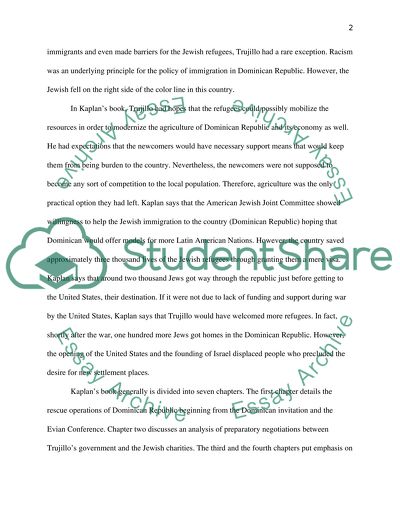Cite this document
(“Marion Kaplans book Analysis Essay Example | Topics and Well Written Essays - 1000 words”, n.d.)
Retrieved from https://studentshare.org/literature/1464415-marion-kaplans-book-analysis
Retrieved from https://studentshare.org/literature/1464415-marion-kaplans-book-analysis
(Marion Kaplans Book Analysis Essay Example | Topics and Well Written Essays - 1000 Words)
https://studentshare.org/literature/1464415-marion-kaplans-book-analysis.
https://studentshare.org/literature/1464415-marion-kaplans-book-analysis.
“Marion Kaplans Book Analysis Essay Example | Topics and Well Written Essays - 1000 Words”, n.d. https://studentshare.org/literature/1464415-marion-kaplans-book-analysis.


